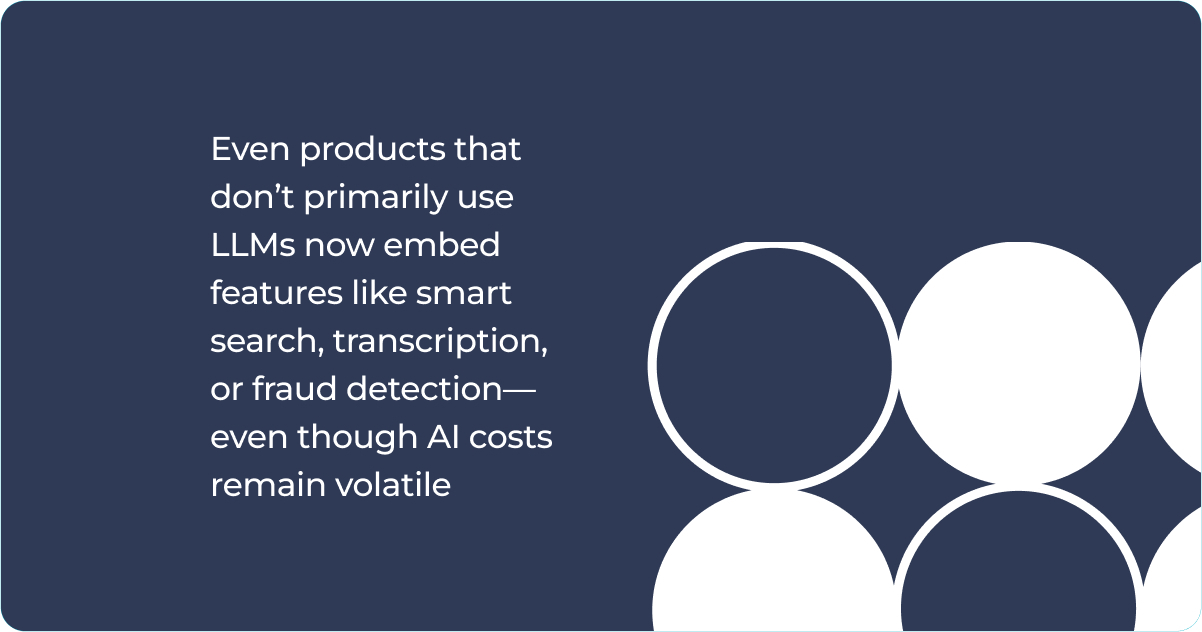Innovative business models are making headlines, challenging the boundaries of legal rulings, and turning their sights on competing against larger corporate, institutional and established companies.
McKinsey recently released their July Quarterly, which outlines an approach that incumbent companies can use to reframe their business models in order to avoid “displacement, disruption, and, in extreme cases, outright destruction.” Three serious challenges can pose business critical obstacles to incumbent service companies: Pay-per-use, on-demand and anticipatory offering.

How to Remain Relevant in the Market?
There is agility in new businesses with less history, developing corporate cultures and a truer spirit of innovation that leads to effective exploration and then exploitation of opportunities in the market.
Incumbents, however, struggle with structure and a tendency, according to Roger Martin, of preferring reliable ideas over valid new ideas. So as value creation shifts, upturns and reinvents, there needs to be a process for incumbents to reframe their beliefs, remain relevant in the marketplace, grow and retain market share.
At Good Sign Solutions working with our customers we've seen trends that suggest coming changes in service business models that support effective sales, marketing and customer retention as consumer-facing application ecosystems continue to provide exceptional focus, immediacy, utility and satisfaction.
Pay-Per-Use & On-Demand
From a financial side there is pay-per-use. Larger, all encompassing service contracts that gave outsourcing its power in scale and efficiency, immediate budget relief, and some level of nimbleness. This means customers will more frequently start to ask the question, “What am I paying for again?” This seemingly simple task is not necessarily an easy one since most ERP, workflow, help desk and other operating systems generally do not carry the level of granularity through the process for effective traceability, costing and ultimately information for detailed billing.
Interaction Or Reaction? The Services Challenge
From a service offering perspective, there is on-demand. Day to day operations with steady capacity are easier to manage, but cyclical or variable activities may have to bend to the demands of the customer. These can include services such as call centers during new product launches, marketing responses to competitor campaigns, and technology implementation during shifts in internal process change initiatives. Capacity planning for these circumstances can sometimes be outlined, but underlying technology infrastructure with automation can reduce the need for manual interaction where possible. This means service companies need to become more aware of when a client needs interaction and when they need instant reaction.
Interpreting & Anticipating Customer Needs
The voice of the customer can be difficult to interpret, but new advantage can be realised through strategic resources that think in terms of anticipating future needs either through analysis, observation or reflection on shifts in other industries, as business models bend well to cross-pollination, or the ability to bring ideas in from the outside.
Ford CEO Mark Fields announced Ford’s launch of 25 global mobility experiments to test breakthrough ideas. Mark defines mobility as more than moving from point A to point B and strives to expand the definition to include derivatives of mobility such as congestion and pollution.
The validity of ideas for incumbents must be proven whereas for start-ups ideas either live or die. This is a good indication that some of the larger companies have an increasingly significant understanding of innovation. These can be invaluable in creating anticipatory product or service offers that customers can relate to and value in a quickly changing world.
What's Holding Us Back?
The key enablers to the above challenges include operating systems that can manage the level of detail required for alerts, real-time decision making and a service offering to customers that is robust and realistic.
Automation can ease capacity constraints and focus internal resources on the most important tasks at hand. These can include:
- customer interaction and support
- managing exceptions
- and responding to changes in needs.
Additionally, companies need to take an indepth approach to building the capabilities and developing the understanding of innovation, the importance of design for intuitive understanding of information and analytics in the forms of historic, predictive and anticipatory.
A simple task? By no means.
The odds that your service industry will see radically new business models emerge in the next few years is - well - extremely high. So jump on the bandwagon, clear the table and get ready to rethink how you run your business in the coming years. Services will look very different, very soon.


%20Billing-%20Fix%20Your%20Data%20Mediation%20Issues-1.jpg)
